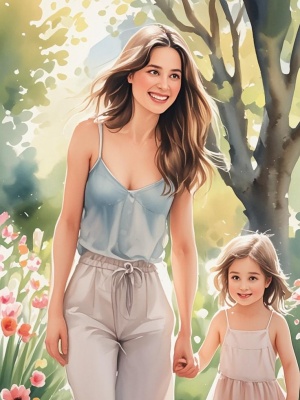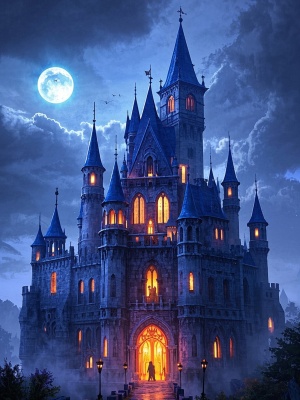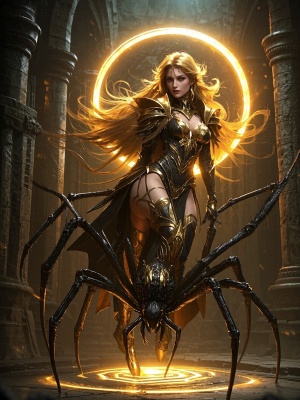The Art of Creating Oil Paintings from Photographs
Transforming photographs into oil paintings is a timeless art form that blends traditional techniques with modern technology. Whether you're an artist looking to expand your skills or someone seeking to immortalize a cherished memory, this process offers endless creative possibilities. In this comprehensive guide, we'll explore the key aspects of creating oil paintings from photographs, from preparation to execution.
Why Choose Oil Painting from Photographs?
Oil painting from photographs has become increasingly popular for several compelling reasons. First, it allows artists to work from a stable reference point, capturing details that might be missed in live sessions. Second, it enables the creation of portraits and landscapes without requiring the subject to sit for extended periods. Many professional artists and services like those found in our gallery specialize in this technique, producing stunning results that combine photographic accuracy with painterly expression.
Key Advantages:
- Preservation of precious memories in a classic art form
- Ability to work at your own pace without time constraints
- Opportunity to enhance or modify the original photograph
- Creation of unique, handcrafted artworks with emotional depth
Essential Tools and Materials
To begin your oil painting from a photograph journey, you'll need quality materials. Professional artists recommend starting with:
- High-quality oil paints (student-grade paints may limit your results)
- A variety of brushes (including flats, rounds, and filberts)
- Proper painting surface (canvas, linen, or wood panel)
- Odorless mineral spirits for cleaning brushes
- Linseed oil or other painting mediums
For those interested in digital alternatives, our AI painting guide explores modern approaches to creating painterly effects from photographs.
The Step-by-Step Process
1. Selecting the Right Photograph
Choosing an appropriate reference photo is crucial. Look for images with good lighting, clear details, and strong composition. Avoid blurry or low-resolution photos, as they make the painting process more challenging. For portrait paintings, a high-resolution headshot works best, while landscape paintings benefit from photos with distinct foreground, middle ground, and background elements.
2. Preparing Your Canvas
Begin by toning your canvas with a thin wash of color (usually burnt umber or another neutral tone). This creates a uniform base and helps with value judgment. Then, sketch the basic composition using charcoal or thinned paint. Many artists use the grid method to accurately transfer the photograph's proportions to the canvas.
3. Building Layers
Oil painting traditionally follows the "fat over lean" principle. Start with thin layers of paint mixed with more solvent, gradually building to thicker layers with more oil content. This approach ensures proper drying and prevents cracking. Allow each layer to dry sufficiently before applying the next - patience is key in oil painting.
4. Adding Details and Finishing Touches
The final stages involve refining details, adjusting colors, and adding highlights. This is where the photograph truly transforms into a painting. Don't be afraid to deviate from the photo reference to add artistic interpretation - this often creates more compelling artworks.
Common Challenges and Solutions
Creating oil paintings from photographs presents unique challenges. Here's a problem-solution matrix to help navigate common issues:
| Problem | Solution |
|---|---|
| Flat, lifeless colors | Use color charts to mix vibrant hues; don't rely solely on the photo's colors |
| Difficulty capturing likeness | Focus on proportions first, then distinctive features; use measuring techniques |
| Overworking the painting | Step back frequently; know when to stop; let layers dry before making changes |
| Drying time issues | Plan your painting in sessions; work on multiple pieces simultaneously |
Modern Alternatives: Digital Oil Painting Effects

For those seeking quicker results or exploring digital art, AI-powered tools can create convincing oil painting effects from photographs. Our platform offers image-to-image transformation capabilities that simulate various painting styles. While different from traditional oil painting, these digital methods provide accessible alternatives for creating artistic interpretations of photographs.

Conclusion

Creating oil paintings from photographs is a rewarding artistic endeavor that bridges photography and traditional painting. Whether you choose the classic brush-and-canvas approach or explore digital alternatives, the process allows for creative expression while preserving meaningful moments. For more artistic inspiration, visit our blog where we regularly share tips and techniques for both traditional and digital art forms.
Remember that each oil painting, even when based on a photograph, becomes a unique artwork reflecting the artist's interpretation and skill. With practice and patience, anyone can master this beautiful art form and create lasting treasures from photographic memories.